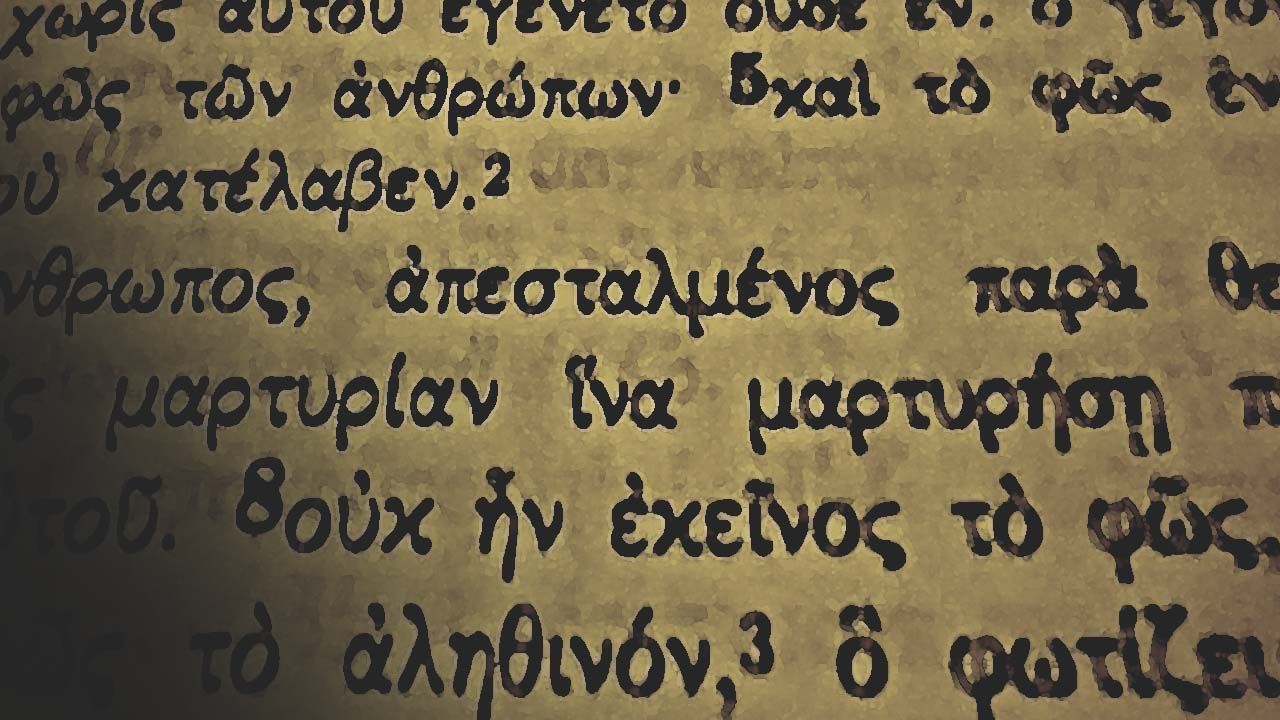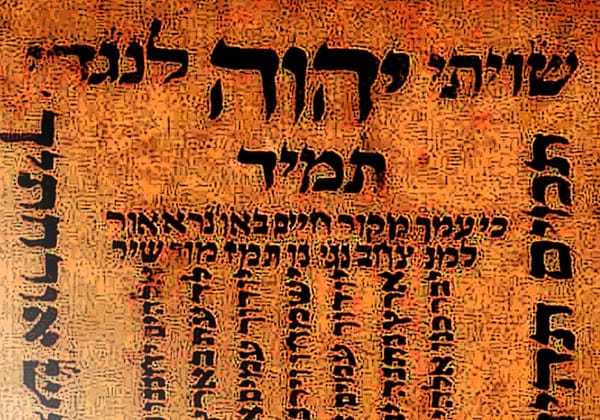Many students who wish to begin studying beyond the English translations of the Bible do not know how and where to begin. I get questions about this frequently and they deserve a good and thorough answer. I will provide helpful links to free resources and specific book titles in a series of articles on this topic.
Most people’s idea of going to the original texts is to use the Stong’s Concordance. Strong’s is a fine tool. It may be a good place to start, but it is not a place to stop. Imagine that you can look up a word in a Webster’s dictionary. That’s good. But then there are encyclopedias where this item you are researching is explored in depth. Stong’s Concordance is similar to training wheels on a bicycle. Once you know how to ride it well, you move on and take off the wheels.
So what is the next level? Before I go much further I should make a disclaimer and say that the best path is to take the time and learn ancient Greek and biblical Hebrew. But I fully realize this is not practical for many people. Most people are not ready to commit to years of study to achieve such level of skill in original languages. Still, this is the best and most direct path. I will try to map out an alternative path, however. It will come with corresponding limitations because even most sophisticated English resources cannot fully substitute for a true expertise in language. There are no magic shortcuts. Still, there are some helpful resources even for those who do not read Hebrew or Greek.
First, there are some very literally translated Bibles? I personally recommend NASB and RSV. There is also Young’s Translation (you can find a scan of it here for free). Most of these Bible versions are updated with fairly recent manuscript discoveries. KJV may speak in outdated English but it is a good literal translation. It is based on a different family of New Testament manuscripts from the majority of modern translations, so you may notice some differences. You can buy these in any format. You can also read them for free on numerous Bible websites.
Many people believe that “the most literal translation” is the best one. I do not share that opinion. Literal can be very helpful, but they are very cumbersome for regular reading. So I recommend them, but primarily for study, not for devotional or esthetic reading.

You may be already studying from a very literal translation, but you want to know what stands behind those English words. If you have compared different Bible versions you noticed that translations are somewhat flexible. Very often there are no exact and precise equivalents in English to accommodate the Hebrew and Greek words. Translators chose the words they feel are the best match, but there is no exact correlation and sometimes the context drives us to chose one option over another. Well, it is good to know what those options are. And this is where a concordance can help.
Strong’s Exhaustive Concordance is the most popular and it works like this. Imagine that you are reading 2 Cor 6:6 and come across a teaching about “long-suffering” You want to know what it means so you go the English index (front part), find that word and located 2 Cor 6:6 reference. You may find that the word you study has several numbers associated with it. That’s because several words in the original language may have been translated with the English word “suffering”. Besides the 2 Cor 6:6 reference the concordance will give you a snippet of that verse to make sure that is the passage you want and it will give you a Strong’s Number.
You take that number and go to the back of the Concordance and find that number in the Greek Dictionary since this is New Testament. Naturally, for Hebrew Bible/Old Testament you look up words in Hebrew dictionary. And that is where you find some definitions of that original term. Most people cross-reference with some other places in the Bible where the word is used and this is the end of researching of the original term. I can show you how to keep going.
One alternative to Strong’s for Greek is “Englishman’s Concordance” (you can find a scan of it here for free). It is not necessarily superior, but the information you might discover will differ somewhat. So it does not hurt to be informed by several sources and not rely on one resource alone. Young’s Analytical Concordance is another good choice (you can find a scan of it here for free). The point of using multiple concordances is the variance between translators. Some authors bring out nuances the others leave out. Each resource may have their strengths and weaknesses. This one is particularly useful with Young’s translation of the Bible
Another option is Nelson’s Concordance which is also known as “World’s Concise Bible Concordance” This one works very well with NASB Bibles. It is yet another resource that has some unique linguistic treasures. In some places, it is more updated than other concordances. And another volume that should be mentioned is “Cruden’s Complete Concordance to the Old and New Testaments” (you can find a scan of it here for free). It is an older concordance, but it may still prove valuable to a Bible student limited to the English language.
All Concordances work from English to Hebrew or Greek and are keyed to different versions of the Bible. They are big bulky books and their definitions are short. Keep in mind there are specific versions keyed to KJV, NASB, NIV and etc. Concordances allow you look up words in English and them move to more data in English. These resources will give you the words in original and will also provide a phonetic transliteration in English. Concordances do not require you to know how to read Greek or Hebrew. These are all great study tools for a beginner, but you will not be able to go very deep with just a Concordance. Words studies are helpful but they have their limits. If you want to know how to dig a bit deeper read the next article Beyond the English Bible II : Interlinear.










Member discussion